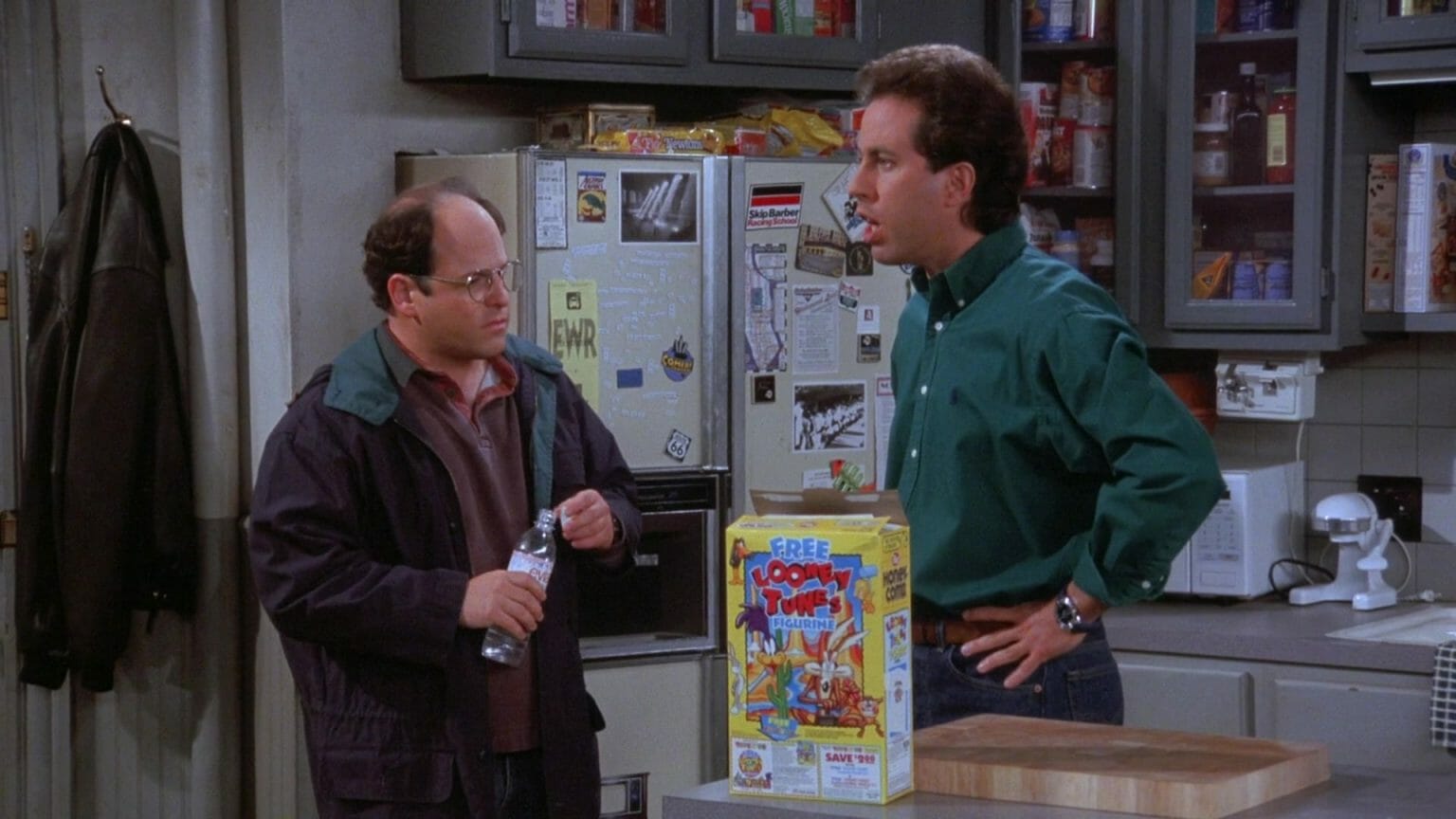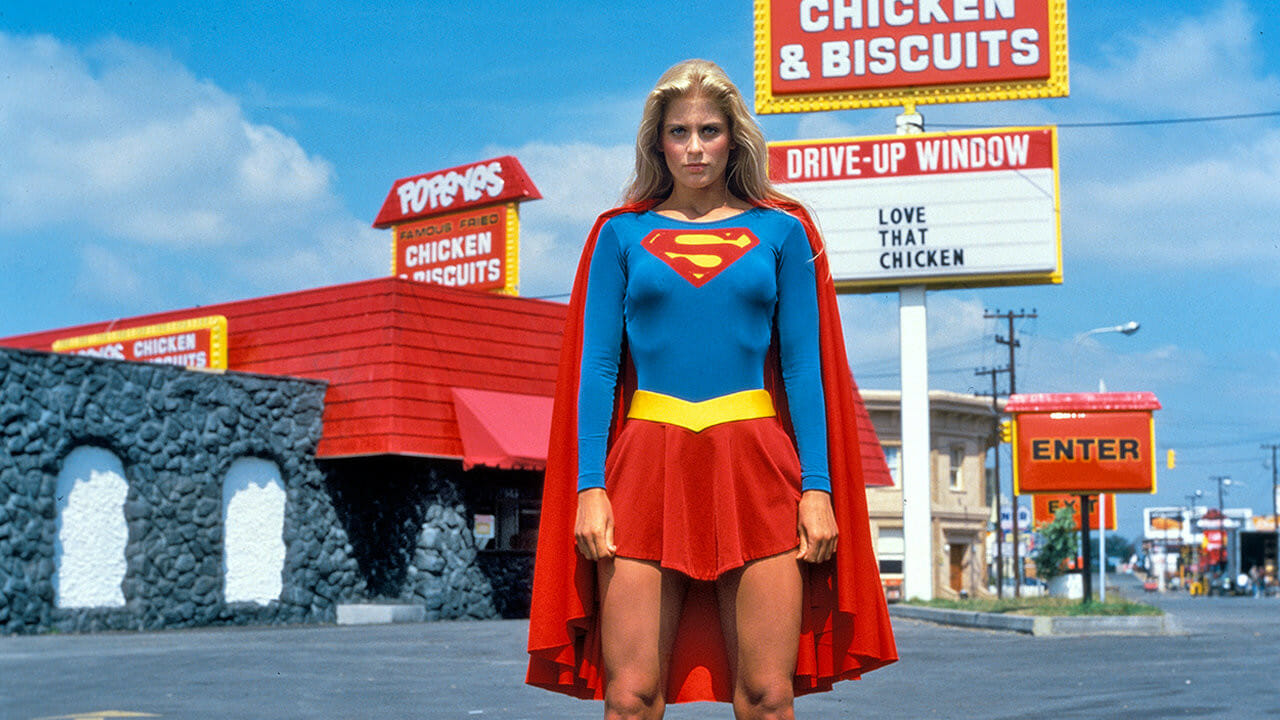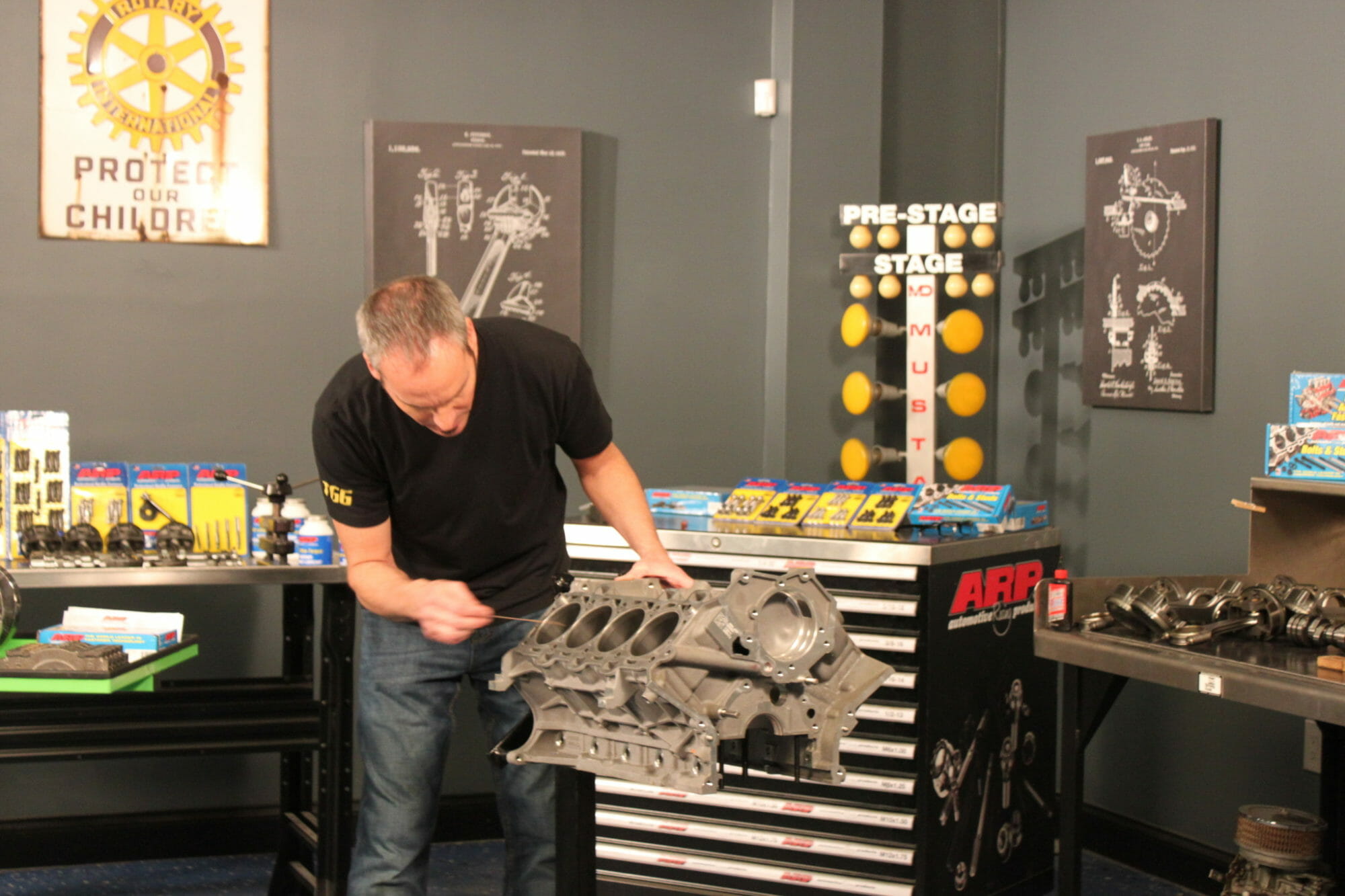All Pay-for-Play is Not Created Equal: Product Placement vs. Integration
Bob Ecker / VP of New Media and Executive Producer, Brenton Productions
We’ve all seen it.
The carefully placed box of cereal on our favorite comedy about nothing.

The tasty beverage America runs on sipped by a quartet of judges on a hugely popular talent competition.

The iconic automobile favored by the world’s best known and most durable secret agent.


We know the brands and we know the shows.
It’s called pay-for-play, and it’s been around for a very long time.
The reason is simple: it works.
The marriage of entertainment and marketing has been a largely (if not always completely) successful affair. And like any marriage that evolves over time, it’s not been without its ups and downs, its peaks and valleys.
For every Reese’s Pieces…

…or Ray-Ban success story…

…there’s a proportionately large number of high-profile – and pricey – misses.

These pay-for-play scenarios are most often executed in one of two ways:
As a simple product placement, or as a more fully realized product integration.
Placement vs. Integration
Product placement is exactly what it sounds like – a product is strategically placed on camera within a given scene for the purpose of being seen.
The duration of the appearance may be short or long; one time only or recurring. The product may be relevant to the action or not. The people in the scene may interact with the product or not. The product may be either a passive element or an active one. It may be seen but not even mentioned.

The single most important thing is that the product makes an impression on the viewer.
By contrast, product integration places the item front and center in an active capacity that is relevant to the action. Rather than just being used as a prop, the product is key to the progression of the story or the scene.
In the world of unscripted automotive television programs, product placement and integration opportunities are highly coveted for the simple reason that the products are embedded within the programs, rendering them an essential element of the content. Unlike commercials, they cannot be skipped; viewers are guaranteed to see them.
The Gold Standard
While product placement can effectively deliver high quality viewer impressions, fully integrating products into the narrative of a program is the gold standard for maximizing audience retention.
This is especially true within the competitive arena of the automotive aftermarket, where hands-on, real-world applications performed by knowledgeable and respected industry hosts provide a powerful means of reaching highly targeted, specialized demographics of motivated buyers.
At Brenton Productions, we understand that reaching a mass audience doesn’t necessarily equate with reaching the right audience – that is, the audience best disposed to respond positively to the marketing message by opening their wallets. For many clients, a basic placement meant for the masses might miss the mark, while an integration carefully crafted for a curated crowd will hit the bullseye.
Why settle for a cameo appearance when you can be the star of the show?

0 Comments